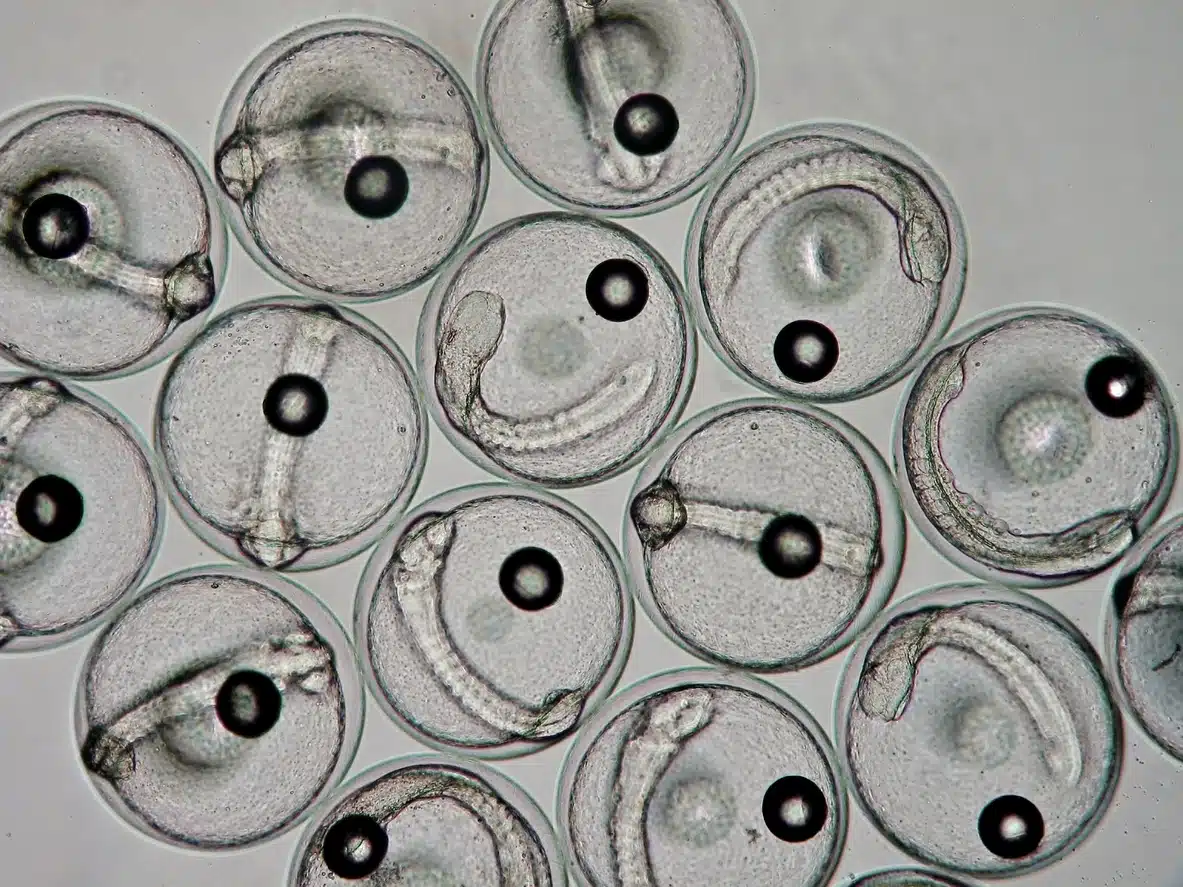Scientific critique places the results of a salinity tolerance study into perspective for future evaluations
By Lance W. Fontenot, Ph.D., PWS, Principal, Toxicology, Health, and Ecological Sciences
Annaleise Conway, Scientist
Melanie Edwards, PStat., Senior Consultant
Stan Pauwels, Ph.D., Senior Consultant

OUR CHALLENGE
Integral provided expert testimony on behalf of a client who obtained a state effluent permit for a proposed desalination facility which was contested in court. An expert witness from the opposing side exposed embryo-larvae of the red drum (Sciaenops ocellatus) in two separate tests to different salinities. Their published results contradicted other studies on the same fish species and life stages. Our client requested that Integral critically review and re-analyze these results. We identified numerous issues that questioned the validity of the tests. Our critique was published in a journal to place the results of the salinity tolerance study into perspective for future ecological impact evaluations.
OUR APPROACH
Our review identified three major deficiency categories that questioned the validity of the study.
Study design: The tests were not based on a published testing protocol, used too few control replicates, and lacked key exposure details. The results were affected by fluctuating temperatures and salinities, supersaturated dissolved oxygen levels, high hatch variability, and inconsistent embryo loadings. Finally, one of the two tests did not use exposure salinities high enough to cover the full sensitivity range of the test organisms.
Data analyses: The authors misapplied several statistical tests. Also, the dose–response regression models used to estimate the 50% lethal concentration (LC₅₀) were not optimized to provide the best fit for the results, yielding unreliable LC₅₀ concentrations. Integral independently re-analyzed the survival results using the applicable statistical tests and dose–response regression models. We generated toxicity values that were more in line with other published studies.
Interpretation and context: The authors provided scant interpretation to determine how well their results compared to other salinity tolerance studies. Integral performed a literature review which showed that their results appeared to be outliers. The salinity concentrations at which the authors claimed to observe effects to red drum embryo-larvae also fell within the natural salinity ranges in which these organisms are known to thrive in estuarine environments.
OUR IMPACT
Integral uncovered key concerns that brought into question the testing procedures, data analyses, and conclusions of the study. We published our findings in a journal to ensure that the results of the original study are properly considered by the scientific community.




